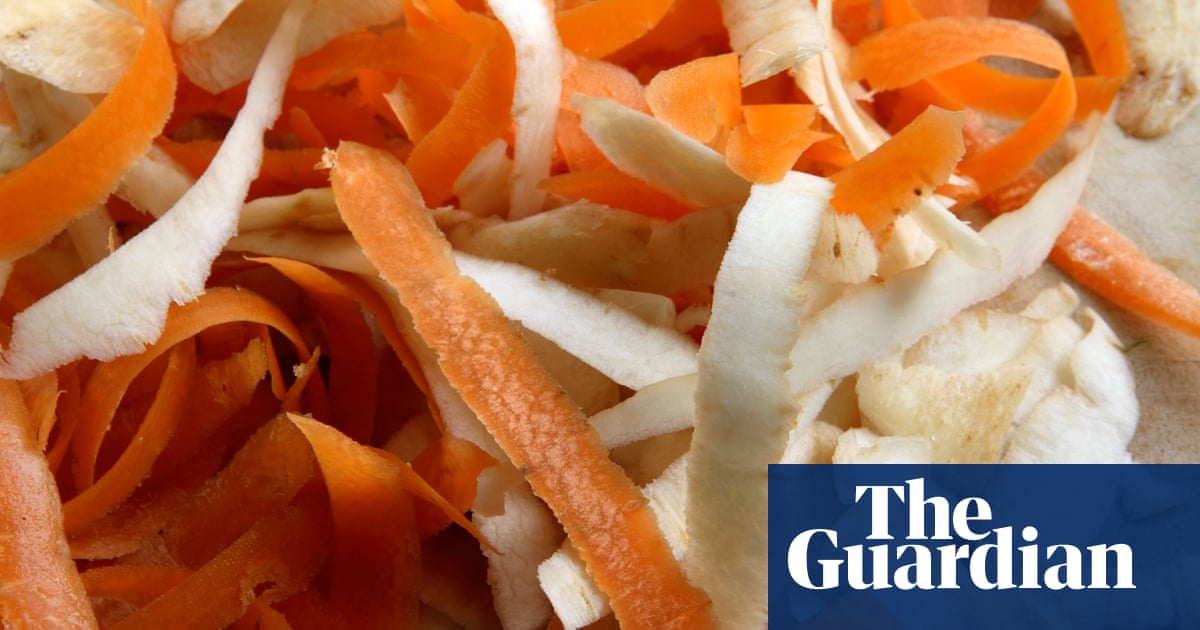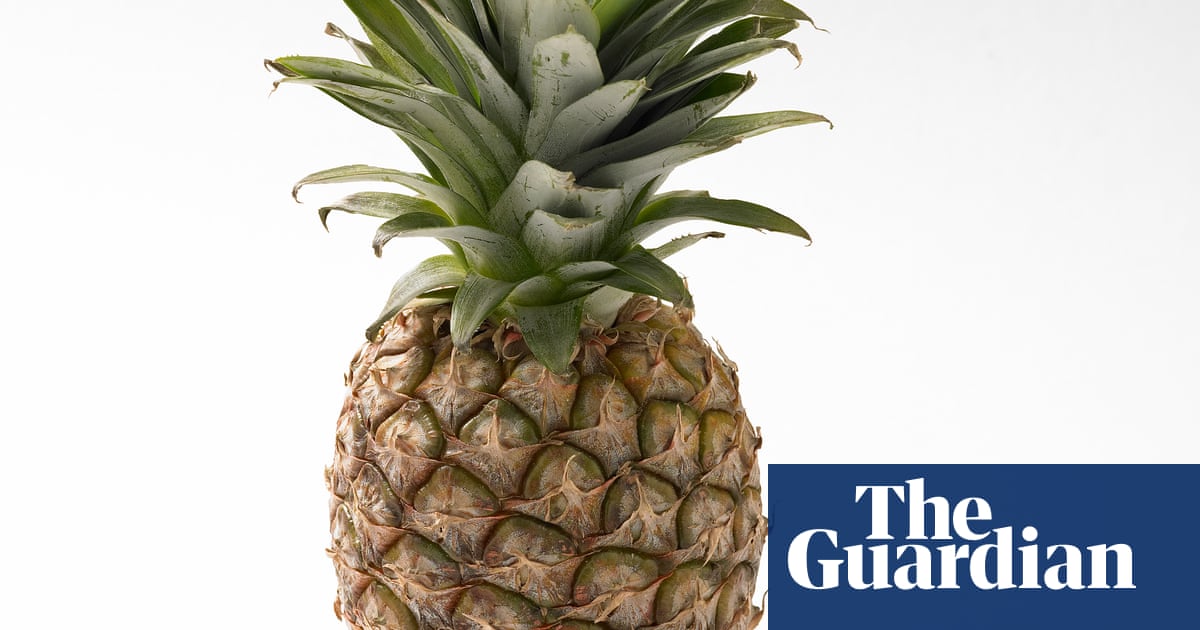
With their spiky crowns of leaves, pineapples are about as close as you can get to a tropical paradise while doing the weekly shop – but now Sainsbury’s has begun selling the fruit shorn of its exotic plumage, all in the name of cutting food waste.
With the fruit’s hardy leaves usually ending up in the bin or a food waste caddy, the move shines a spotlight on waste in the home. So could the leaves, stems and skins of the fruit and vegetables we routinely throw away be put to better use in the kitchen?
Pineapple crowns
Sainsbury’s says the crowns will be replanted or shredded for animal feed, eliminating a huge 700 tonnes of waste a year. So if you regularly buy the fruit elsewhere, it is worth considering what you could do with the leftovers.
If you are green fingered you could replant the crown and nurture a pineapple houseplant. But don’t expect fruit salad any time soon, as growing a pineapple will take two to three years, according to Chestnut Hill Farms. The grower’s list of “unexpected ways to use a pineapple crown” offers other ideas with a quicker payback, such as using the leaves to make tea.
The Irish chef Conor Spacey, whose book Wasted is full of recipes that use commonly thrown away foods, suggests using the peel and core to make the Mexican drink Tepache. The potion (peel, plus brown sugar, water and cinnamon) self-carbonates into a refreshing fizzy drink that can also be used as a cocktail mixer.
Banana skins
There is a lot more to banana skins than pranks, with an abundance of recipes for this afterthought thanks to the Nigella Lawson effect. In 2020 the TV cook caused a stir with her banana skin and cauliflower curry, telling viewers that people “assume it’s aubergine”. Another twist is Nadiya Hussain’s banana peel burgers, which she says taste like pulled pork.
You can store peels in your freezer until inspiration strikes. Bakers say cooking and pureeing skins to add into the batter results in a superior banana cake, while Spacey advocates turning them into chutney.
Vegetable peelings
“Could anything be more zero-waste than a salty sauce made of vegetable peelings that would otherwise be bound for the compost bin full of vegetable scraps?” asks the chef Tom Hunt in his Waste not column. With the help of koji (fermented rice or soya bean mix) and salt, veg peelings including onion skins and spent coffee grounds can be transformed into garum, an ancient Roman sauce likened to Worcestershire or fish sauce.
Another tactic is to avoid peeling veg in the first place. “Many root vegetables don’t need to be peeled; just give them a good scrub clean before using,” suggests Sam Hubble, a specialist in behaviour change at the climate action NGO Wrap.
When Hubble does end up with a mound of veg peelings he has a couple of tricks up his sleeve including vegetable peel soup, which he insists is “tastier than it sounds”. There is a recipe for potato peel soup on the Love Food Hate Waste website. “It’s fun to experiment with different concoctions; my favourite is to also throw in some sweet potato peelings.” His other go-to recipe is vegetable peel crisps. “I’ve used potato, carrot and parsnip peels to make really moreish, crispy snacks.”
Carrot tops (and other leaves and stems)
“Think of a vegetable the same way you would if it was a piece of meat: butcher it into parts and ensure you use everything,” Spacey tells home cooks trying to cut food waste. Today more supermarkets sell whole carrots, with the tops good in salads, pasta or turned into a pesto, he says. Take a similar approach with brussels sprouts; if you buy whole plants, eat the stem and tops too, with cooks advised to roast them. You can do the same with the fibrous stems of other veg such as broccoli, chard and kale. And don’t jettison tough cabbage leaves. Borrow from the eastern European tradition and use them up along with leftover rice in a layered pie.
Citrus peel
A shrivelled mound of citrus skins might look like a dead end, but they can be used in a myriad of ways including to inject zing into cocktails and desserts. For starters there’s the bartender’s secret ingredient, the easy-to-make oleo saccharum (citrus peel syrup by its less fancy name). It can be used in cocktails, mixed into salads or used as a glaze for meat. You can also use other fruit peelings, such as pineapple, banana, mango or apple to make syrups. Alternatively, use lemon rinds to make your own limoncello or, with Christmas in mind, use old citrus peel to make mulled wine spice pouches.












